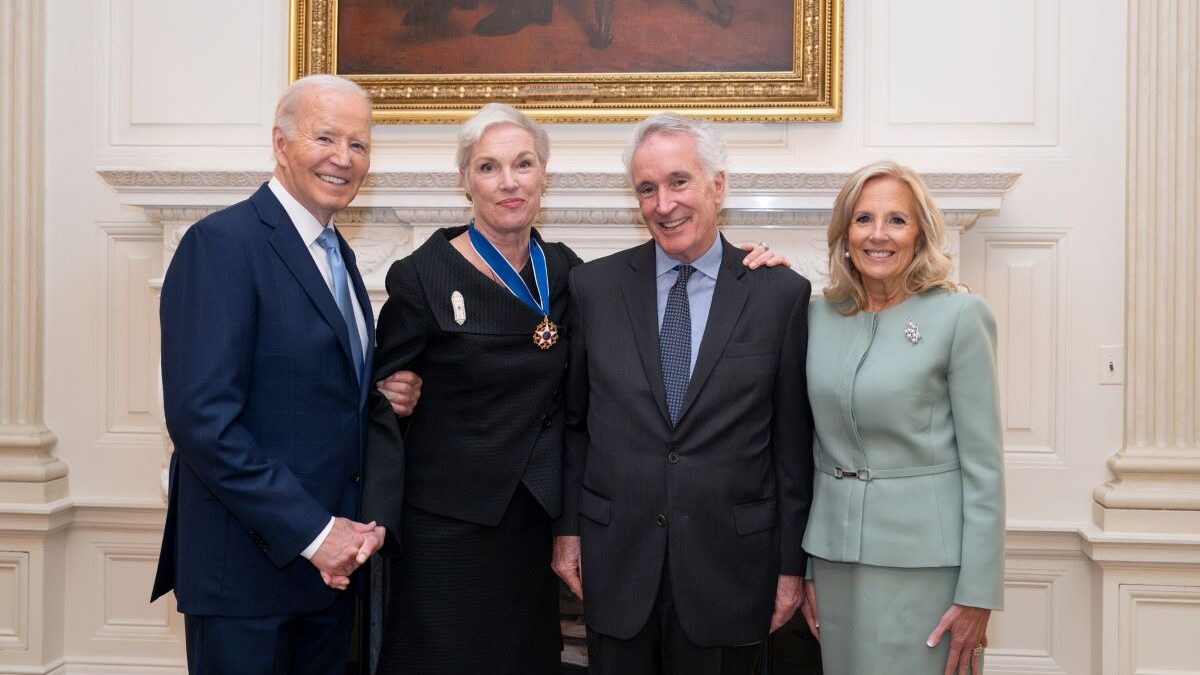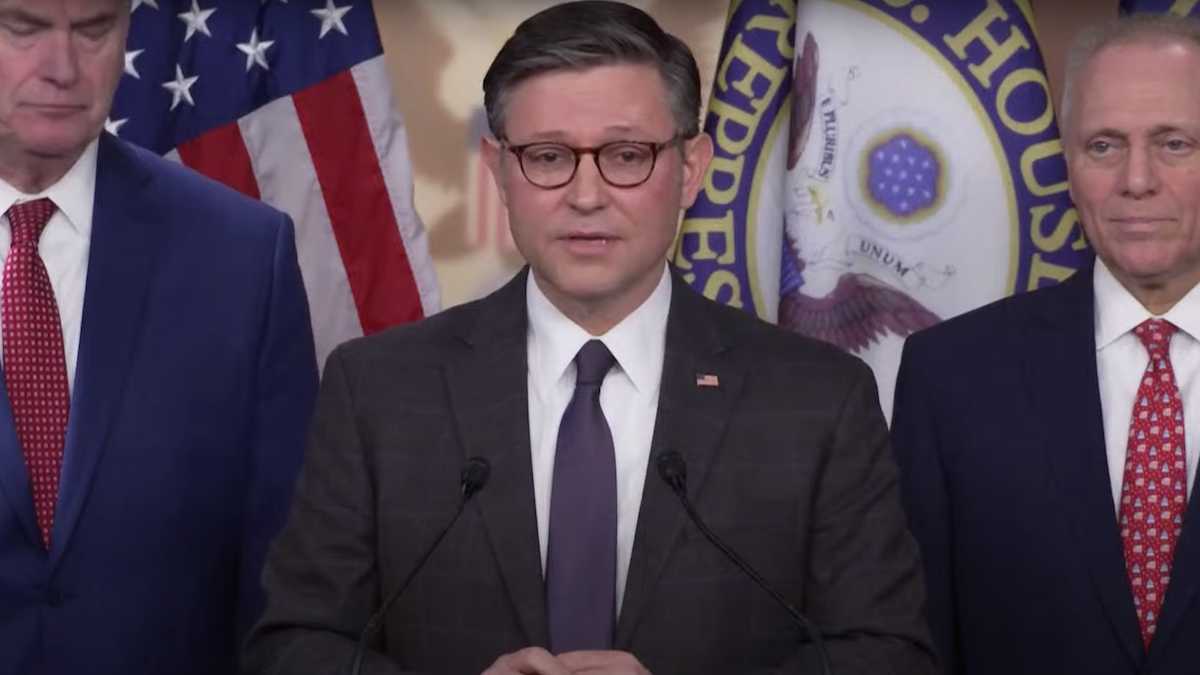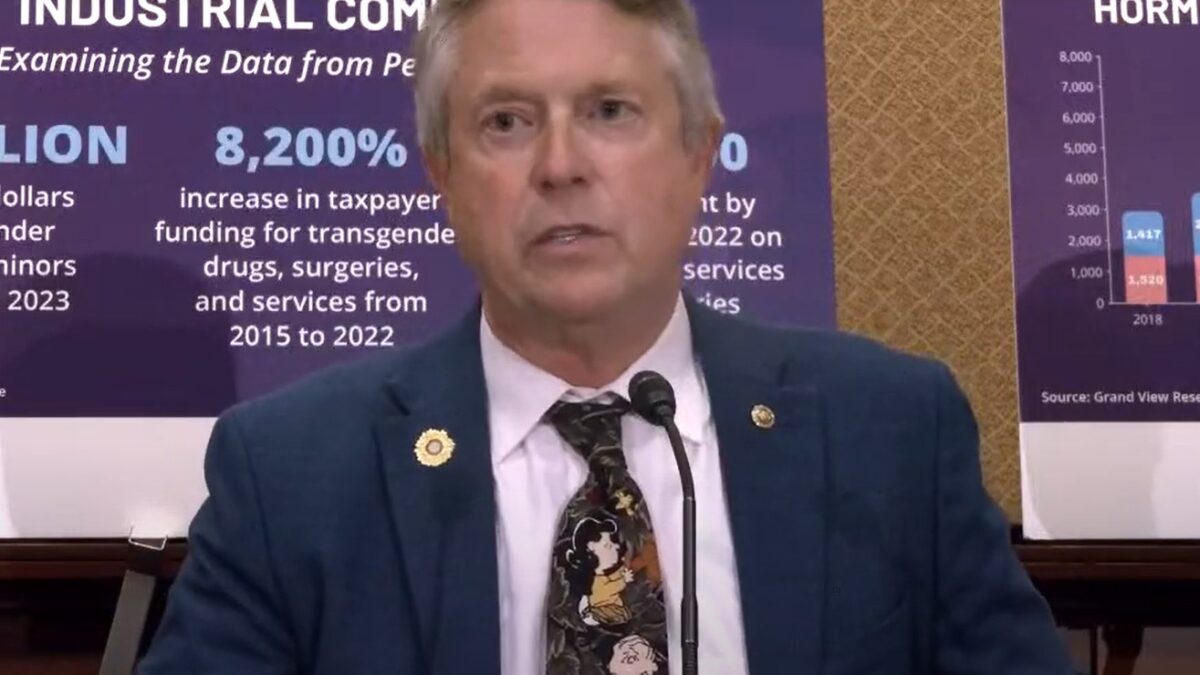
Ross Douthat’s recent column, “Clinton’s Samantha Bee Problem,” argues that the “rapid colonization” of late-night television, awards shows, higher education, and professional and college sports by the New New Left poses a problem for Hillary Clinton and the Democratic Party. Douthat’s trenchant analysis was widely hailed on the right and reviled on the left, but the heat surrounding the column obscured some of its simplifications.
Douthat is right that Hillary lags among millennials and minorities, who are generally considered to be key demographics of the New New Left. It’s also true that Trump owes much of his rise to a rebellion against this latest wave of hyper-aggressive political correctness.
It is telling, however, that while Hillary is not decisively in the lead, she remains a narrow favorite despite tepid support from the New New Left. Hillary’s negatives are roughly as bad as Trump’s, but she is still likely to win—largely by running against the rebellion Trump represents.
And if the Democratic Party could look past its visceral loathing of Trump, they might notice that he is not particularly Republican, let alone conservative. The GOP’s nomination of Trump thus reflects the degree to which even Republicans have accepted our cultural and political progressivism.
How the New Left Conquered the Democratic Party
In Douthat’s telling, our culture shifted leftward in the 1960s and 1970s while our politics shifted to the right. This meant progressives were “often impotent” in Washington, D.C. throughout the 1980s. But the reality is more complex and less helpful to Douthat’s argument.
Douthat refers to the “Nixon-Reagan rightward shift,” but Nixon was a different political animal than Reagan. While Nixon’s 1968 campaign may have stressed law and order, Sen. Daniel Patrick Moynihan (D-NY), who served Nixon, called the Nixon Administration “the most progressive of the postwar era.”
The Nixon Administration was Keynesian, proposed a Family Assistance Program that guaranteed a basic income for all families with children (in 1969), implemented the first significant affirmative action program (in 1970), imposed wage and price controls (in 1971), and twice proposed near-universal health insurance (in 1971 and 1974). That some of Nixon’s progressive proposals did not become law was owing to the New Left’s arrogant belief that they could demand more (much as the New New Left is disappointed in Hillary today).
Nixon’s landslide victory over George McGovern in 1972 was a repudiation of the New Left’s extreme platform, but it did not send the New Left into political oblivion. Instead, the Democratic Party became the institutional home of cultural progressivism.
New Left social movements of the 1960s—including feminism (with support for liberal access to abortion), environmentalism, and anti-anti-Communism—were fully brought into major-party politics during the 1970s. The psychology that produced anti-anti-Communism helps produce anti-anti-Islamism now, but these movements otherwise remain Democratic Party orthodoxy and are considered controversial only at their bleeding edges.
Reagan’s Presidency Was an Anomaly, Not a Trend
This reshaping of the Democratic Party did not happen overnight, but it also did not occur in a vacuum. It occurred in a society in which popular music shifted from Frank Sinatra to Crosby, Stills, Nash & Young. It occurred in a society in which CBS canceled still-popular television shows like “The Beverly Hillbillies” and “Green Acres” to chase more cosmopolitan demographics with programs like “All in the Family” (which frequently showcased the hot-button politics of the moment) and “The Mary Tyler Moore Show” (which featured the life of a single career woman). NBC and ABC engaged in similar programming purges.
Meanwhile, radical protesters cowed universities onto the road of political correctness and identity politics, and journalism evolved from an essentially blue-collar profession into one populated by white-collar graduates credentialed by those colleges and universities.
Reagan’s election in 1980 represented a rebellion against this cultural makeover of the Democratic Party, but it was also more than that. The failure of Keynesian economics and Jimmy Carter’s foreign policy helped open the White House door for a more ideological president (much as a financial crisis and the Iraq War helped open the door for Obama in 2008).
Once in office, Reagan had remarkable achievements. He continued the deregulation begun in the late 1970s, reinvigorated the economy with tax cuts, and supported the Fed’s efforts to wring inflation out of our currency. He also charted a course that ultimately led to the defeat of the Soviet Union.
Yet the Democratic Party remained in control of the House during the Reagan era. Entitlements went unreformed, we moved further from tax-and-spend to borrow-and-spend, cabinet departments were not eliminated, social issues went largely unaddressed, and two of Reagan’s three Supreme Court Justices ultimately disappointed. (The tendency of Republican Supreme Court Justices to disappoint is also a result of the relentless corrosion of cultural progressivism.)
The economic prosperity of the Reagan years helped usher George H.W. Bush into the presidency. But the Reagan era ended when Bush lost his reelection during the mild recession of 1992 to Bill and Hillary Clinton.
To reach the presidency, Bill overcame a history of adulteries, drug use, and draft-avoidance, which was in no small part a triumph of the cumulative narcotic effect of cultural progressivism. By 1994, it was only mildly risqué for MTV to ask the aspiring Commander-in-Chief whether he preferred boxers or briefs.
Bill Clinton later survived impeachment largely due to cultural progressivism. Bill could have been viewed as having lied under oath to a federal judge in a sexual harassment case, but “journalists” like Geraldo Rivera dismissed the President’s affair with an intern as “just about sex.”
Douthat’s column juxtaposed David Letterman as the late-night comic for coastal elites and Jay Leno as the choice of flyover country. Yet both men garnered extensive mileage and ratings by making light of the Clinton scandal, though its details likely would have been censored even in the 80s. That people today wonder how Bill could have gotten away with sexually exploiting an intern is a tribute to the success of the New New Left in promoting the concept of “rape culture.” And the fact that today’s Democratic left consider Hillary a disappointment—barely a generation since she was considered one of the Clinton Administration’s more left-wing influences—is also a triumph of cultural progressivism.
We’ve Gone Blind to the Triumphs of Cultural Progressivism
In short, the supposed impotence of 1980s Democrats may also be seen as the temporary interruption of a broader trend. Douthat’s column posits a political dynamic in which aggressive cultural progressivism is met with rebellion. Yet despite episodic reactions to progressive overreach, the overall trajectory of our national politics has been leftward over the past half-century.
The New New Left cannot have failed to notice, for example, that the idea of same-sex marriage went from politically unthinkable to a constitutional right within the space of a generation. Even Joe Biden noticed and gave some credit to NBC’s “Will & Grace” for this rapid change in attitude, though he also could have cited a substantial body of television and print journalism that humanized the plight of gay and lesbian couples. When this is the cultural and political experience of millennials, it is no wonder the New New Left has become ambitious.
The rebellion suggested in Trump’s candidacy may yet succeed in this election cycle. But if Trump loses, it will not be due to Samantha Bee and Seth Myers’s political “clapter.” Rather, it will be due to the cultural progressivism that’s grown to dominate our politics over the past five decades.









